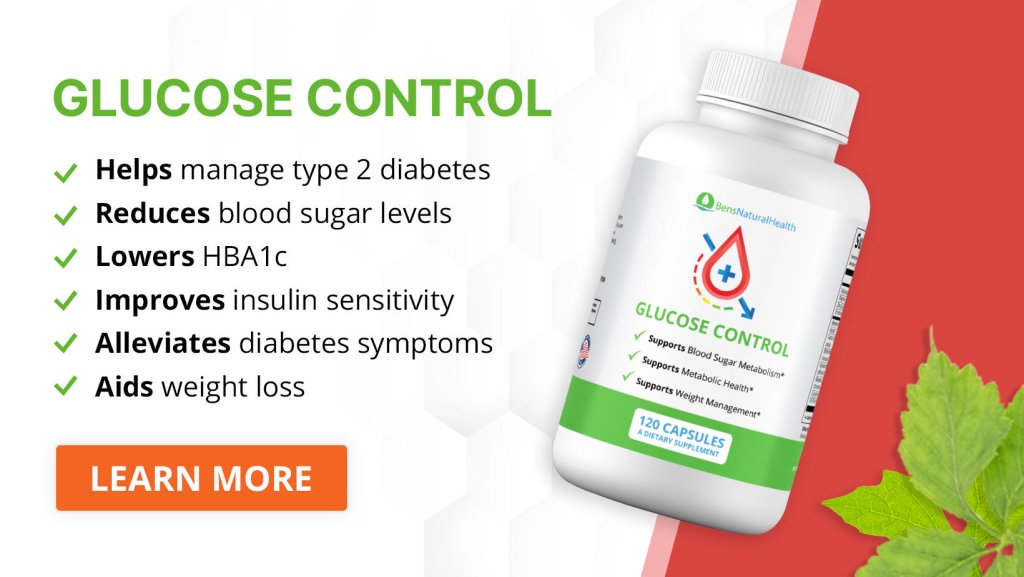Obesity is a growing problem worldwide.
Doctors classify a person with a body mass index (BMI) of 30 or higher as obese.
And, if BMI is above 40, then it is severe obesity.
Obesity considerably increases the risk of type 2 diabetes, heart disease, stroke, and even some types of cancers.
Treatment of obesity usually involves a combination of lifestyle changes, such as eating a healthy diet, getting regular exercise, and reducing stress.
Researchers have recently introduced many new drugs to treat obesity effectively.
Moreover, they have found that many anti-diabetes drugs are good for weight loss.
Ozempic (semaglutide) is an effective drug for treating obesity and diabetes.
Keep reading to learn what ozempic is and how to use an ozempic pen.
What is Ozempic?
Ozempic (semaglutide) is a medication that belongs to the class of GLP-1 receptor agonists. It is an injectable medication that can improve blood sugar control and manage obesity in adults with type 2 diabetes.
Ozempic is a once-weekly medication that activates the GLP-1 receptor, which helps reduce appetite and promote weight loss. It also has a beneficial impact on lipid profile and may help lower blood pressure.
Studies on ozempic weight loss results show that most people can expect more than 15% weight loss on regular use for a year. It starts acting within a few weeks, and most can expect weight loss greater than 10% in six months.
Ozempic works by mimicking the effects of the hormone GLP-1, which is naturally present in the body.
GLP-1 is responsible for regulating glucose metabolism and appetite. By activating the GLP-1 receptor, Ozempic helps to lower blood sugar levels, reduce appetite, and promote weight loss.
It is a prescription drug administered once weekly, usually under the skin (subcutaneously).
However, as with any medication, Ozempic can have side effects such as nausea, diarrhea, and headaches. Though gastrointestinal side effects are pretty common, they do not last long in most cases as the body adapts to the drug.

How to use an Ozempic pen
People often ask how to use an Ozempic pen injection. The Ozempic pen is a device used to administer the medication Ozempic (semaglutide) as a subcutaneous injection. The pen is pre-filled with the medication and is for use by adults with type 2 diabetes or obesity.
To learn how to administer Ozempic, follow these steps:
- Before using the pen for the first time, make sure the pen is at room temperature.
- Remove the pen cap and check that the tip of the needle is clean and not damaged.
- Choose the injection site, such as the stomach, thigh, or upper arm. Then, clean the injection site with an alcohol swab.
- Hold the pen with the needle pointing up, and gently tap the cartridge to ensure no bubbles.
- Pinch a skin fold at the chosen injection site and insert the needle at a 90-degree angle. Ozempic injection pen sites include the abdomen, the top of the thighs, and the outer surface of the upper arms.
- Press the button on the pen all the way in to inject the medication or for Ozempic administration.
- Keep the needle in the skin for at least 6 seconds to ensure the medication is fully injected.
- Remove the needle and gently press on the injection site with a cotton ball or finger to stop any bleeding.
It’s important always to follow your healthcare provider’s instructions for using the Ozempic pen. It would help if you carefully rotate the injection sites and avoid injecting into the same spot repeatedly.
In addition, your healthcare provider will advise you on the frequency of injection and the dosage you need.
How to store your Ozempic pen
The Ozempic pen should be stored at room temperature between 68°F to 77°F (20°C to 25°C) and away from direct heat, light, and moisture. Keeping the pen in its original carton is important to protect it from light.
It is also important to note that the Ozempic pen should not be refrigerated or frozen. If the medication inside the pen is exposed to temperatures below 36°F (2°C) or above 86°F (30°C), it may become less effective.
After use, store the pen upright and with the cap on to avoid damage to the needle or contamination. This will also help prevent drying and the needle from becoming blocked.
When traveling with Ozempic, it is important to keep the pen in a carry-on bag in case checked luggage is delayed or lost.
It’s also important to keep the pen at a safe temperature, so it’s best to pack it with a cold pack if you’re going to a hot place.
Get Your FREE Diabetes Diet Plan
- 15 foods to naturally lower blood sugar levels
- 3 day sample meal plan
- Designed exclusively by our nutritionist
How to know if your Ozempic pen has run out
There are a few ways to determine if your Ozempic pen is empty:
- Check the dose indicator: The Ozempic pen has a dose indicator that shows the number of doses remaining. As you use the pen, the number will decrease. When the number reaches zero, the pen is empty.
- Check the amount of medication: The Ozempic pen has a specific amount of medication. If you notice that the medication is not coming out of the needle when you press the button to administer a dose, it may be a sign that the pen is empty.
If you are still unsure, read the instructions before use, as it will have all the relevant information.
It’s important to remember that once the pen is empty, it should be discarded and not be used again.
How many times can you use an Ozempic pen?
You can use the pen 4 times. Ozempic is strictly for subcutaneous (s.c.) once-a-week use. Therefore, one should not use it more often.
How many doses are in an Ozempic pen?
Ozempic is available in different dosages in different countries. But, the most common weekly dosages are 0.5, 1.0, and 2.0 mg.
Though the dosages differ, all pens come in 3 ml (Ozempic pen size). All pens are created so that you can use them four times or 28 days (4 dosages in each pen, irrespective of the strength). It means that a 2.0 mg pen has a higher concentration of medicine than 1.0 mg.
It is also worth understanding that for managing obesity, a higher Ozempic dosage works compared to using it for managing diabetes. Thus, doctors are more likely to recommend a 1 mg or even 2 mg weekly dosage, depending on the obesity severity.
Often, doctors may start with a 0.5 mg weekly dosage so the patient can get used to the medicine. Moreover, studies show that a person may develop gastrointestinal side effects with the drug, like nausea, diarrhea, stomach aches, and more. However, these issues are transitory and should go away after 2 to 3 weeks.
Once the person has adapted to the drug, doctors may increase the dosage.

How long does it take Ozempic to start working?
When used as a treatment for obesity, Ozempic (semaglutide) may take longer to start working compared to type 2 diabetes treatment. As a result, some people may not notice significant weight loss for the initial few weeks.
If you’re wondering why you aren’t losing weight from Ozempic, it is important to remember that Ozempic works by slowing the stomach emptying, reducing hunger, and increasing feelings of fullness, so it may take longer to notice the effects of weight loss.
It’s important to use Ozempic with a healthy diet and regular exercise for optimal results in weight loss.
It’s also important to remember that weight loss is a gradual process, so it is essential to be patient and consistent with the treatment.
It is essential to consult with your healthcare provider regularly to monitor your progress and discuss any concerns you may have. They can also adjust the dosage if needed and ensure you follow a healthy diet and exercise regimen suitable for you.
Conclusion
In conclusion, Ozempic (semaglutide) is a medication that can be used as part of a weight loss treatment plan when used in conjunction with a healthy diet and regular exercise.
It works by slowing stomach emptying and reducing hunger, which can lead to weight loss over time.
However, it may take several weeks or months to see the full effects, so it is important to be patient and consistent with the treatment.
It is also important to consult with a healthcare provider regularly to monitor progress and ensure a safe and effective treatment plan.
Explore More

What Foods To Eat & Avoid When Taking Ozempic (Semaglutide).







